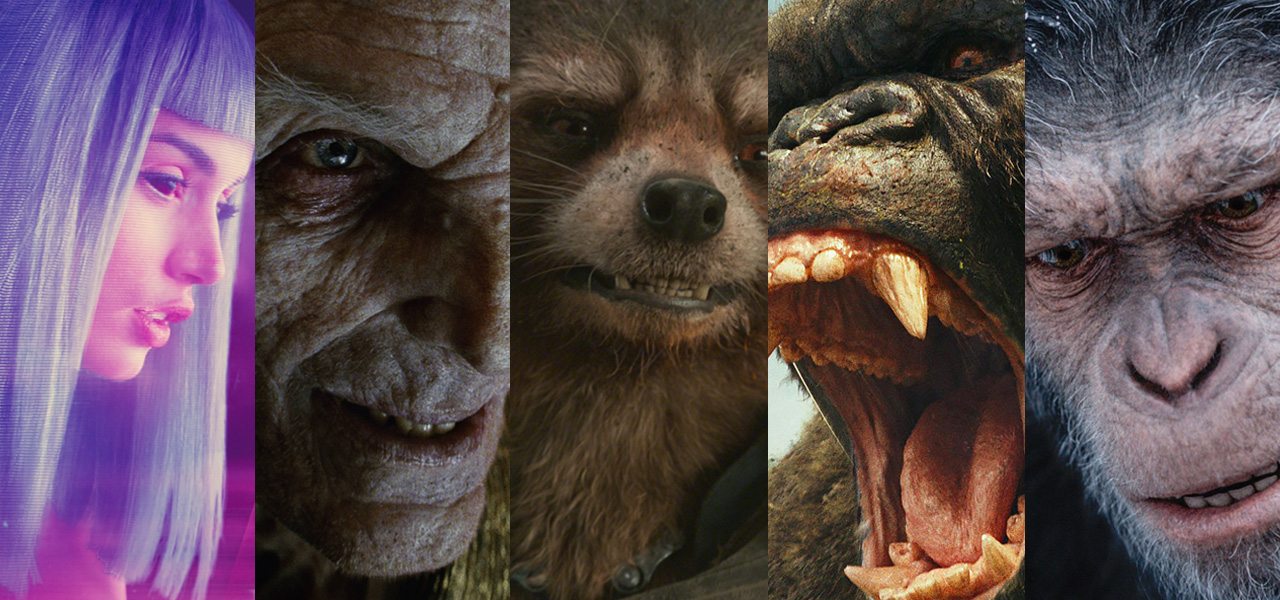
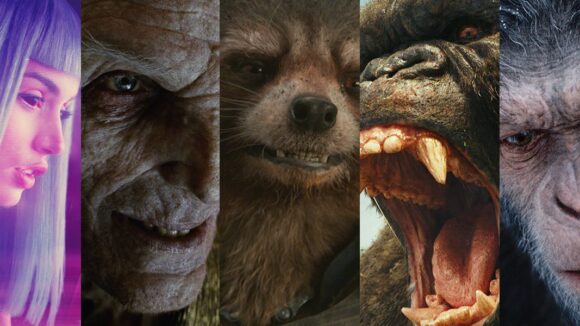
Tips From The VFX Oscar Nominees For Working With Film Directors
When you read about the visual effects in a particular film you might often hear about how certain sequences are planned, shot, and then completed with vfx. Getting to the final shot of course involves a mix of tech and artistry, but what can be just as important is the rapport between the visual effects supervisor and the director.
In this special Academy Awards take, Cartoon Brew spoke with five of the 2018 Oscar-nominated visual effects supervisors for Blade Runner 2049, Guardians of the Galaxy Vol. 2, Kong: Skull Island, Star Wars: The Last Jedi, and War for the Planet of the Apes about that director-vfx supervisor relationship.
The supervisors, already multiple Oscar-nominated or winners, also offer some tips for collaborating with directors, from scoring the gig, planning and previs’ing a show, shooting on set, and working in post-production.
Blade Runner 2049
Overseeing the vast worlds of director Denis Villeneuve’s Blade Runner 2049 was visual effects supervisor John Nelson (nominated alongside Gerd Nefzer, Paul Lambert, and Richard R. Hoover). Nelson says he and Villeneuve immediately ‘hit it off,’ especially in their wish to honor the rich history of Blade Runner-related special and visual effects.
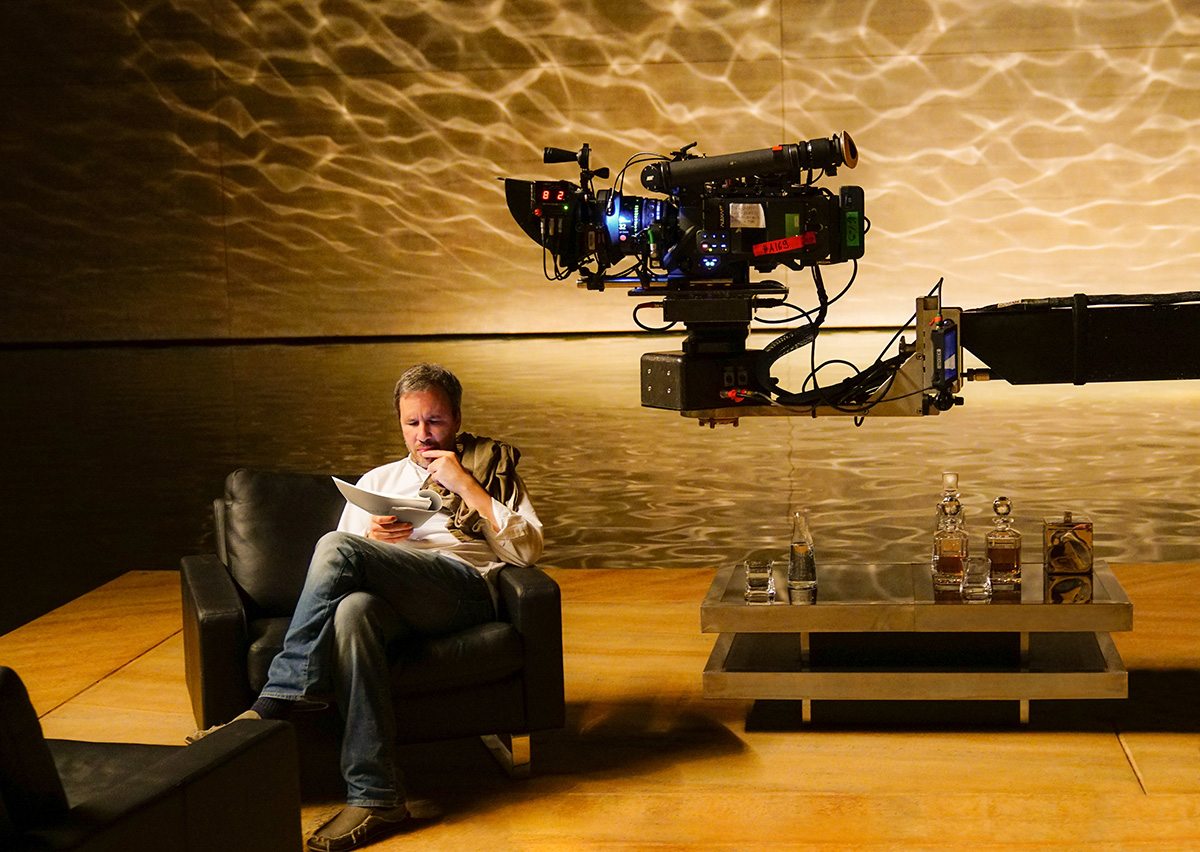
“One of the reasons I probably got this show was that I told Denis, ‘I don’t want to create cg unless I need to.’ Let’s face it, cg is everywhere. Denis really doesn’t like cg; he doesn’t like visual effects that look like visual effects, and neither did [cinematographer] Roger Deakins, and neither do I. So Denis’ whole attitude towards visual effects was, ‘Let’s restrain it,’ whereas I think for a lot of directors and studios, it’s like, with visual effects and spectacle, more is more.”
Nelson believes his deep focus during pre-production on the film paid off during the heavy post-production stage, when the director’s time was very limited (“He’s like a mother that has many children, and he’s trying to feed them all,” said Nelson).
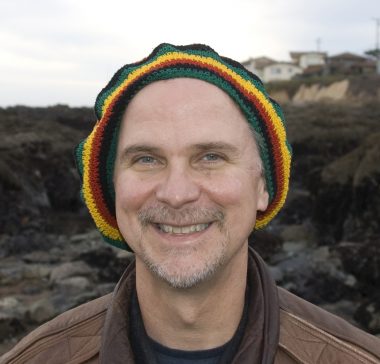
During the post stages, Nelson and his team would meet Denis at least once a week for effects reviews. “I’d listen to what Denis had to say about his view for the movie and for the effects and for any specific shot,” said Nelson. “I’d give him three choices that were centered around what I believe he’s told me, what I have interpreted his vision to be. I’ll give him three, not exactly the same thing, but three choices around that.”
“I think for a visual supervisor you really try to get in the mind of the director,” added Nelson. “Because, he’s really busy, so you try to hear what he has to say about visual effects. And then you try to pre-create or pre-chew that thing so when he gets it he can say, ‘Yeah that’s it or that’s partially it.’ And then you get further into it that way.”
Guardians of the Galaxy Vol. 2
With Guardians of the Galaxy Vol. 2, visual effects supervisor Christopher Townsend stepped into a sequel where director James Gunn had already established some incredibly memorable characters and worlds. But with his fellow nominees – Guy Williams, Jonathan Fawkner, and Dan Sudick – and a vast effects crew from around the world, Townsend actually challenged the director to re-visit what had been done before.
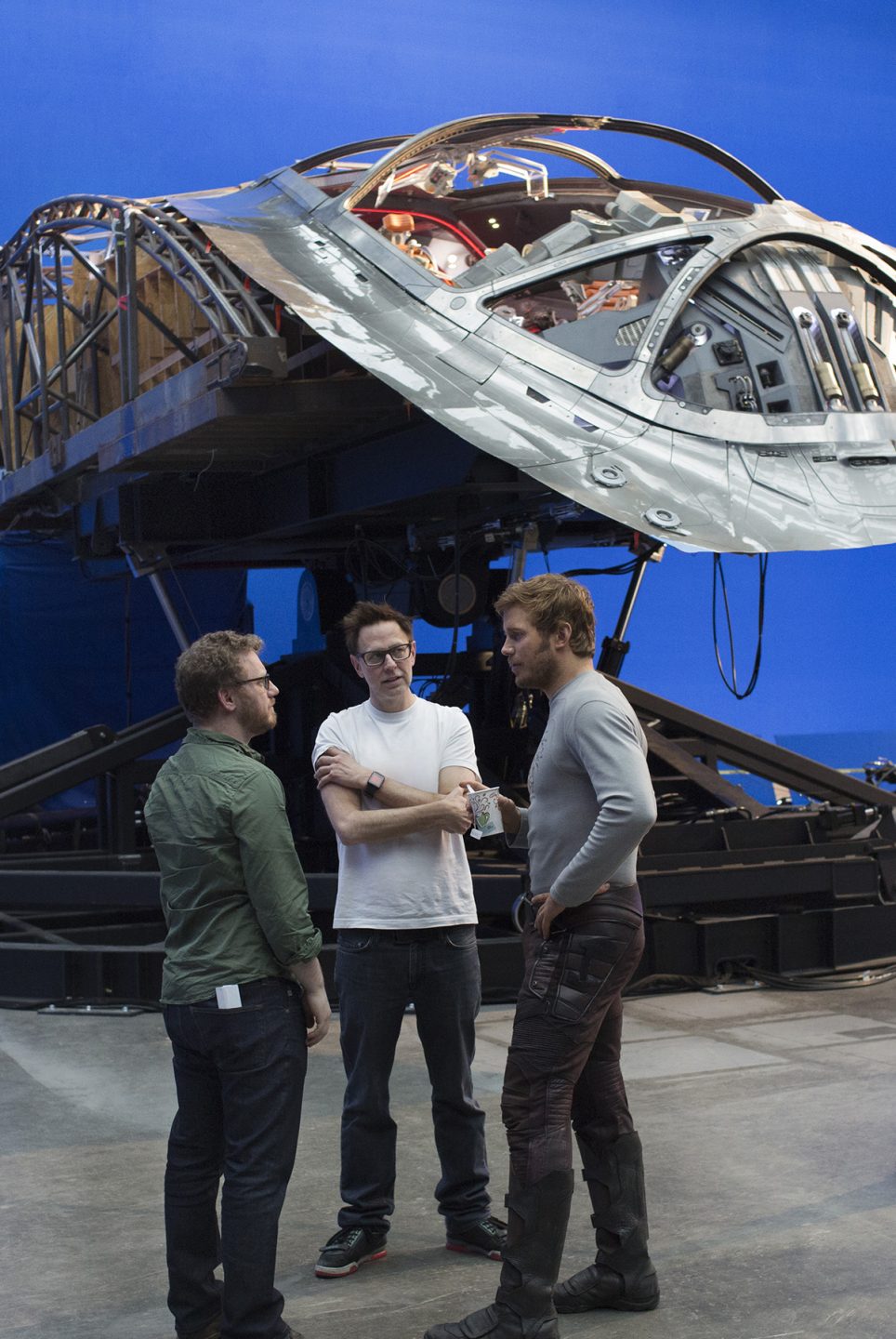
“The first thing I said to James when I first met him, in our first interview, was, ‘What did you like and what didn’t you like about the first film? What is it that worked for you? And what would you do again and what wouldn’t you do?’” recalled Townsend. “And he went through some very specifics about, ‘I wouldn’t do this, I liked this, this was fantastic, and this didn’t work at all.’”
Gunn had been wary in the first film about sharing the same characters amongst multiple vfx vendors, something Townsend says the director did not want to do again. But the visual effects supervisor was adamant that this had to occur again. In fact, on the first film, two facilities completed shots of Rocket the Raccoon; on the sequel, four would share the character.
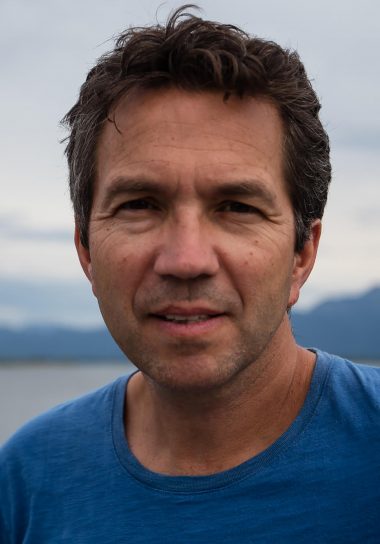
Said Townsend: “James was very concerned about that. But I said, ‘Look, there’s no way, with the body of work that we have, with the scope of work, with the variety of work, and the fact, and the number of shots that will require these two main characters, no one company can do it.’ I just said, ’Trust me,’ and it worked out.”
Despite the startling complexity of many of the shots in Guardians of the Galaxy Vol. 2, Townsend says his job in liaising with Gunn was to sometimes make sure that simpler solutions were not overlooked. “There was one shot where we had Michael Rooker as Yondu, and James wanted these rocks to be collapsing onto his face,” said Townsend. “There was a thought that we should get actual rocks, but I said, ‘Just get a hand and push it into his face.’ And the whole time I’m thinking, ‘God, I hope this works.’ But that’s my job, solving little problems on set all the time.”
Kong: Skull Island
With a film featuring an enormous ape and just as enormous creatures from the center of the Earth, it’s important to be able to plan out and visualize just what that would look like. That’s exactly what visual effects supervisor Stephen Rosenbaum, and his team of nominees (Jeff White, Scott Benza, and Mike Meinardus), plus an army of concept designers, previs artists, and visual effects artists did for director Jordan Vogt-Roberts’ Kong: Skull Island.
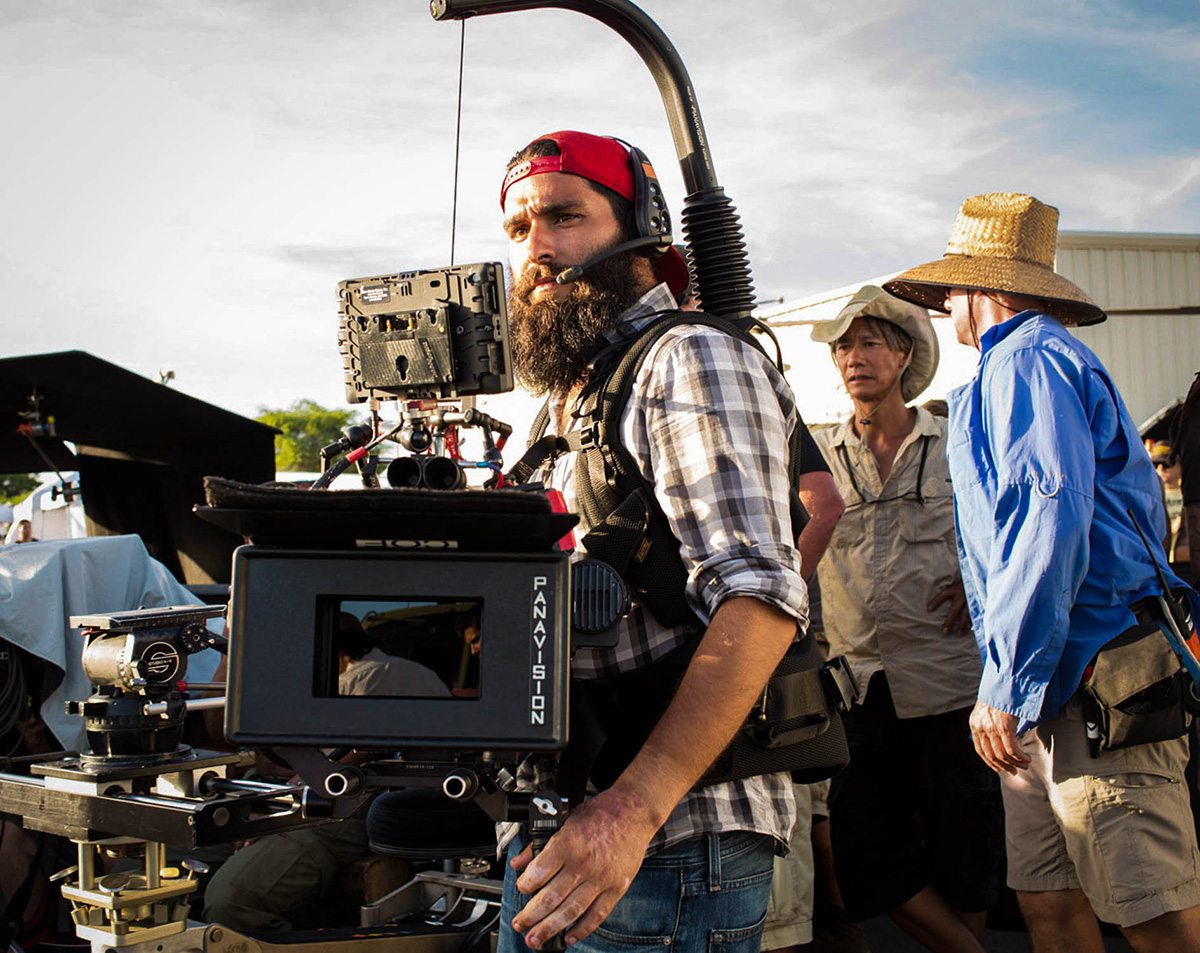
A major planning effort was vitally important, too, since the director had not had experience on a major visual effects show. “However,” noted Rosenbaum, “Jordan very quickly channeled his inner geek, and in almost no time, he understood how to think and visualize how our virtual characters could interface with the real world.”
Rosenbaum says the process began by setting up a previs team with vfx studio Halon in the production offices. “The scene where the helicopters fly to the island and first confront Kong was Jordan’s initial experience with figuring out how to choreograph a 100-foot-tall beast battling Hueys using shot compositions that don’t kill scale. It’s a classic and tricky problem in visual effects photography, but resulted in a stunningly dynamic action sequence.”

One challenge Rosenbaum also encountered was finding a way to help the director on set to accurately capture the large size and strides of Kong on typically rugged shooting terrains. “We couldn’t pragmatically use puppets or rigs for the crew and actors to interact,” he said. “Instead, ILM developed an augmented reality app that allowed us to spatially overlay our cg creatures into the correct physical shooting environments.”
“It effectively served much like a virtual lens finder,” added Rosenbaum. “We would look through an iPad camera and see a 3d model of Kong, for example, and move him around the terrain, adjust the lens, and choreograph the camera move.”
The Last Jedi
The Last Jedi director Rian Johnson had also not previously helmed such a massive visual effects film. Visual effects supervisor Ben Morris and nominees Mike Mulholland, Neal Scanlan, and Chris Corbould, plus an international team of effects artisans, guided him through the process.
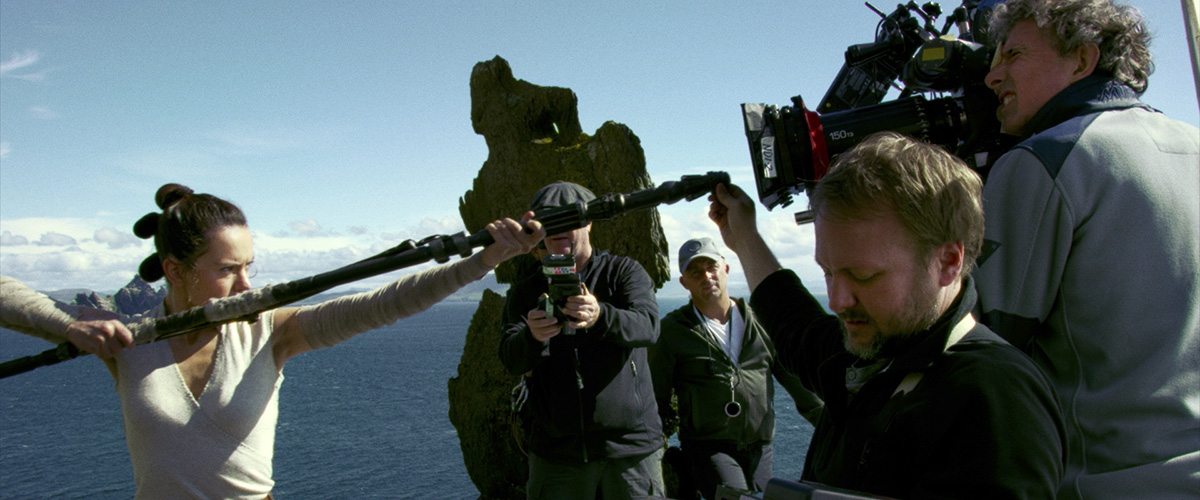
“The very first thing Rian spoke to me about was the Fathier chase on Canto Bight,” said Morris. “He was really concerned about how the hell we were going to put people onto the backs of creatures. I said to him it wasn’t a concern at all. I’d done it lots of times. That was just a coincidence, having gone all the way back to Dinotopia, which was years ago. We kind of started the conversation there, and then we got into things about whether we would be able to use miniatures for the space battles, and how many techniques we could do in the old way. I never said outright no, I said let’s just let the process evolve and see how things move.”
“The one thing that was great, and I believe in it as well,” continued Morris, “is that we made sure that we tried to film some sort of photographic plate for every shot that we worked on. That’s true of whether it was a location, a set, a practical puppet, or a special effect. We’d always attempt something.”
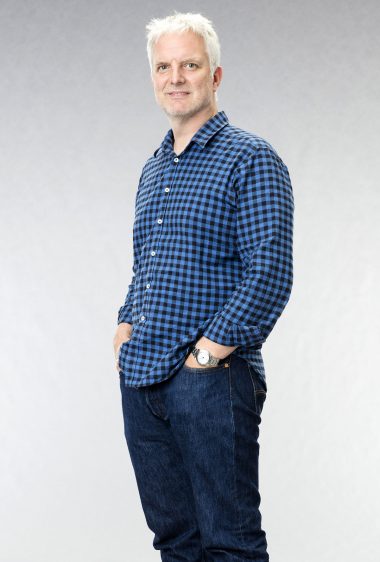
In working with Johnson, Morris felt like he was able to learn new things about filmmaking, but also help the director understand some key visual effects concepts. “Even things like, ‘What’s a playblast?’,” said Morris. “There are some phrases and terminologies that we just assume the whole world knows. There’d be these moments where Rian would just stare at me and go, ‘What the hell’s that?’ I’d say, ‘Oh, it’s just a really simple render that doesn’t require a renderer, it happens in real time on the viewport.'”
“The great thing about Rian,” added Morris, “is that he gets a huge kick out of working with a costume person just as much as a creature effects person, just as much as a camera operator. He would meet the artists, and he kept relationships going. It was great.”
War for the Planet of the Apes
Visual effects supervisor Joe Letteri and the team at Weta Digital have now had three films to master the art of creating living, breathing apes; two of them with director Matt Reeves. Letteri and his fellow effects nominees Daniel Barrett, Dan Lemmon, and Joel Whist delivered a stunning combination of practical and digital imagery for War for the Planet of the Apes, all the while maintaining the performances of on-set actors, such as Andy Serkis, in performance capture gear.
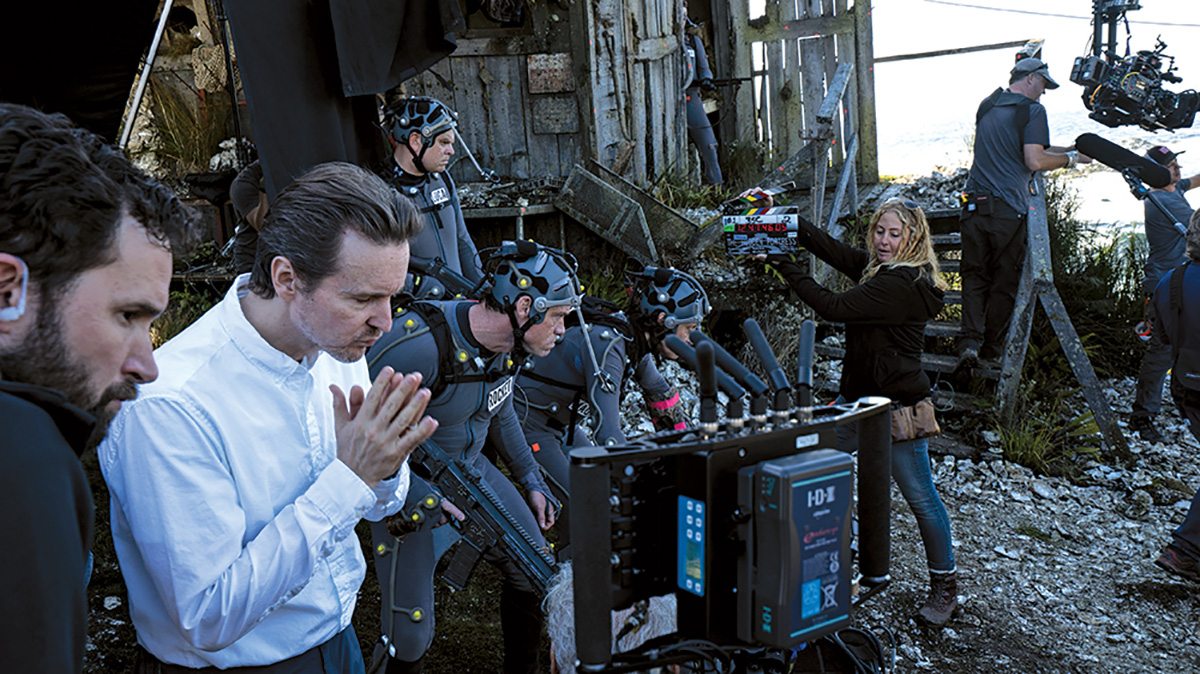
That’s in fact a major component of Weta Digital and Reeves’ relationship; the performances. All the technical aspects of bringing an ape to life are critically important, but Reeves still of course edits the film using the raw on-set performances. Letteri says it means the visual effects needed to just be part of the filmmaking process.
“Everyone had to shed all the preconceptions and just realize you’re making the movie, you’re photographing it the same way that you would any other actor,” he said. “The editors are cutting it the same way. You’re scoring to it the same way. You watch Andy and that’s your movie. And at some point, while everyone else is doing their thing, we’re going to gradually transform him into Caesar.”
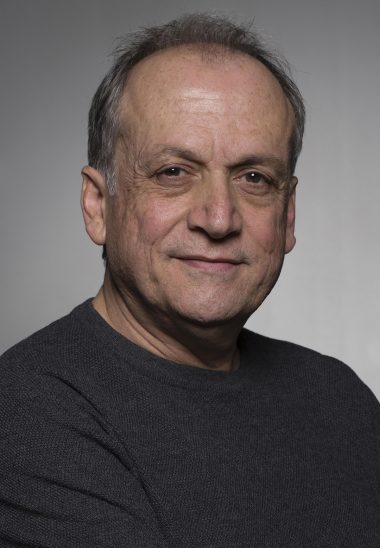
However, Letteri notes that as shots come together and animation would be completed, his collaboration with Reeves continued, with the director having to, “in a sense, re-direct the character, because now we’re looking at how we have Caesar working at that point and we’re looking at [the original performance] side-by-side, and we’re saying, ‘Ah, it’s not quite right. But, what is it? Well he has this little thing he does with his eyelids. It’s like oh yeah, well, Caesar can’t really do that because his eyelids are structured differently. So what can we do at that moment to make you feel the same way and react the same way?’”
“So,” added Letteri, “we have these very long discussions about what that interpretation is, so when you see the two side-by-side, emotionally, you feel the same aspects of the performance beat by beat. Even though technically, if you look at movement to movement, they’re not always the same.”
The 90th annual Academy Awards take place on Sunday, March 4, 2018.

.png)